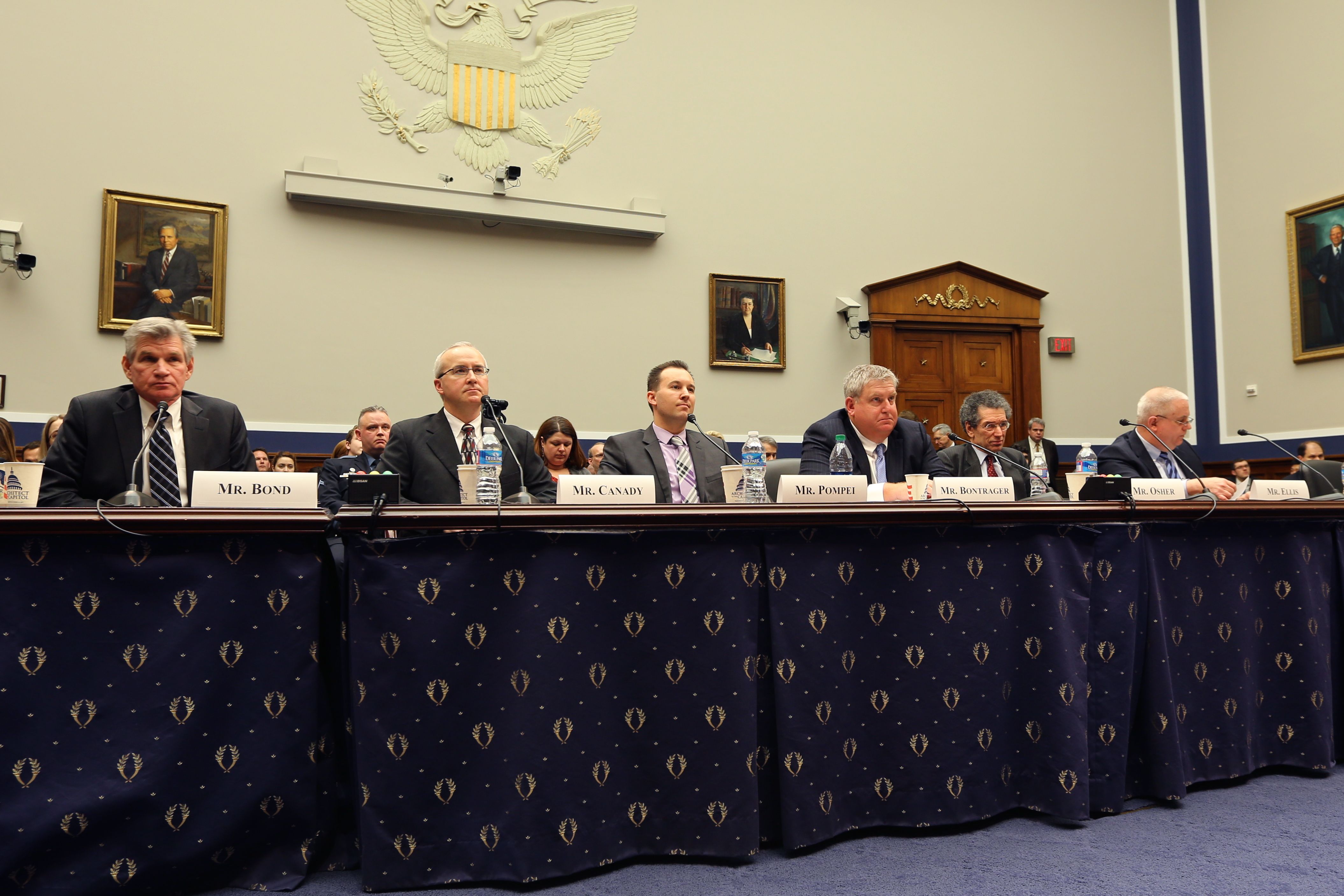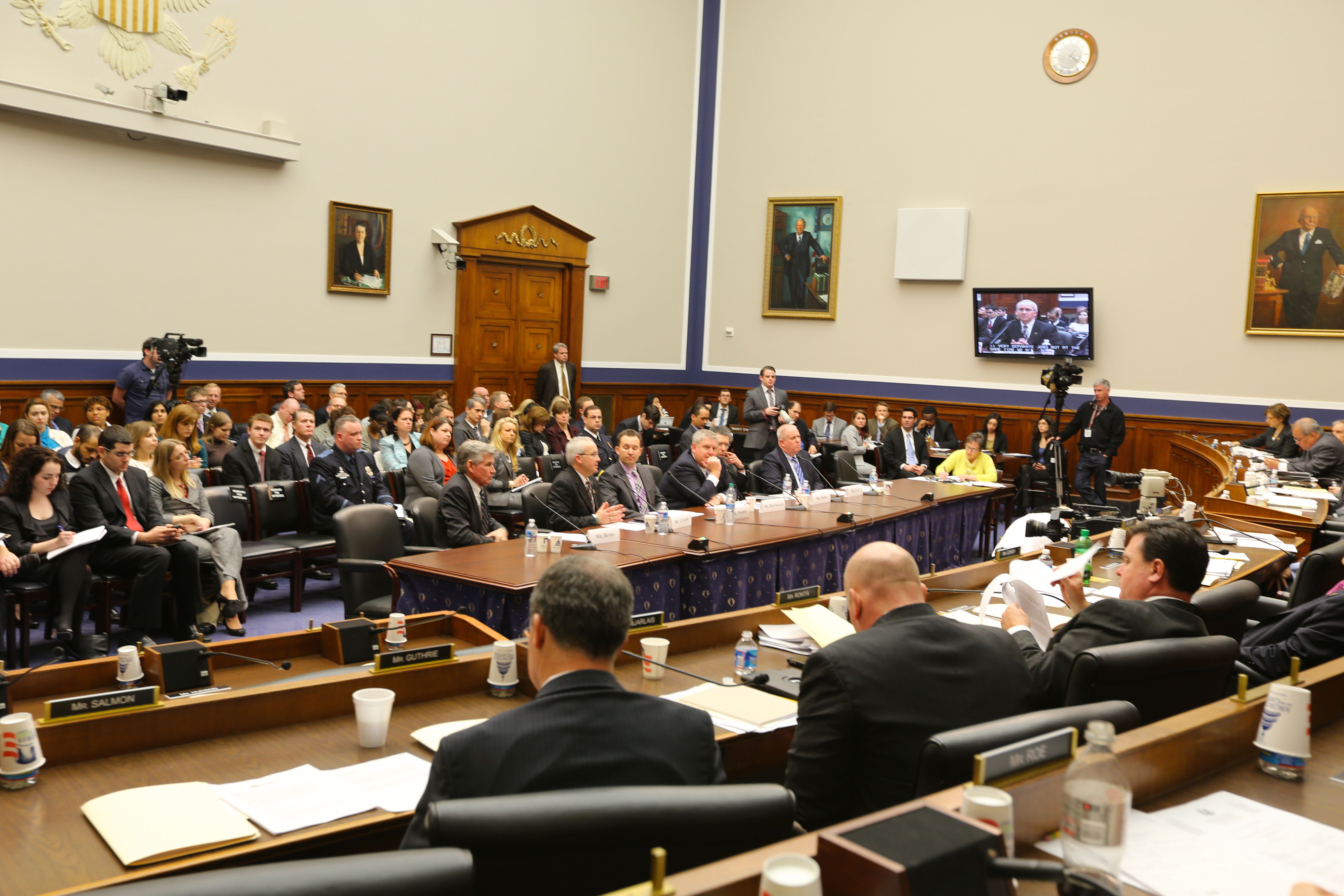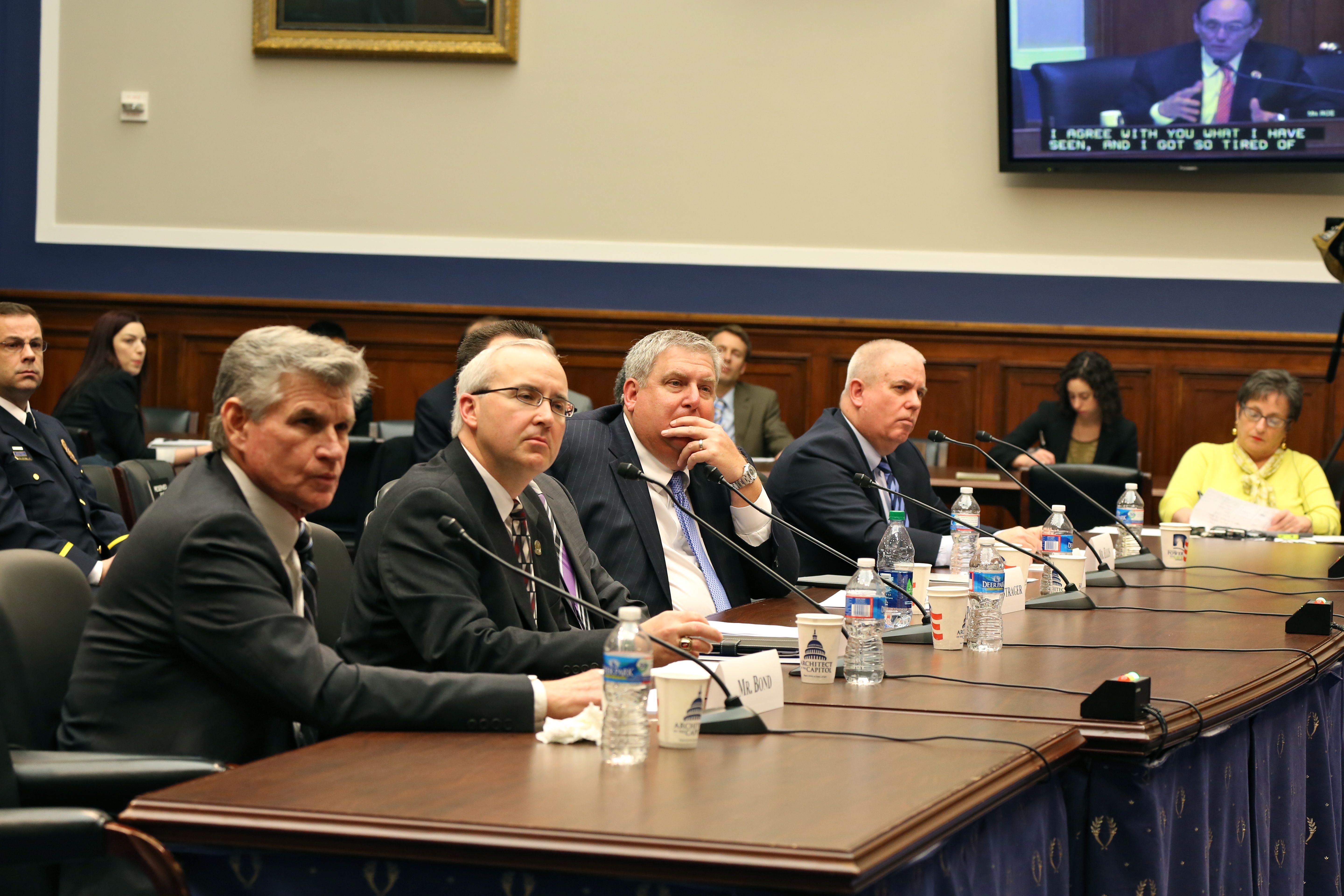 WASHINGTON, D.C. — Establishing a positive school climate and encouraging healthy communication between students and adults is critical to preventing violent incidents in school, a panel of school safety specialists, counselors and law enforcement officials told members of Congress at a hearing on school security last week.
WASHINGTON, D.C. — Establishing a positive school climate and encouraging healthy communication between students and adults is critical to preventing violent incidents in school, a panel of school safety specialists, counselors and law enforcement officials told members of Congress at a hearing on school security last week.
When adolescents know an adult like a teacher or a counselor whom they can trust at school, they are more likely to ask for help when they are troubled or when they notice something worrying about a peer’s behavior, panelists said. That increases the chances of a successful intervention before violence erupts.
“Kids very often know what’s going on in the school and what might cause a crisis,” testified Bill Bond, who was principal of a Kentucky school when a student shot three people dead in 1997 and who has since become a resource for other principals caught in the same situation. “So information from kids is more valuable than any camera or locked door.”
The hearing marked the first discussion on school safety called by House Republicans after the deadly shootings at an elementary school in Newtown, Conn., last December. Most of the testimony and subsequent discussion focused on preventative measures against violence. Most witnesses in response to lawmakers’ questions said they did not recommend arming people other than specially trained guards in schools.
Vincent Pompeii, a school counselor from southern California, described his own childhood experience being bullied for being gay and testified that making schools safer came down to managing students’ daily stresses. “Mass shootings like the one at Sandy Hook Elementary School make headlines, but they are rare. Students are far more likely to encounter gang violence, bullying, and harassment in everyday life,” Pompeii said in his prepared testimony. “They need access to counseling, support, and other mental-health services to cope with those kinds of experiences and much more – for example, when Dad is beating Mom, when they become homeless, when they’re thinking of dropping out, when a parent is deported.”
“Mass shootings like the one at Sandy Hook Elementary School make headlines, but they are rare. Students are far more likely to encounter gang violence, bullying, and harassment in everyday life,” Pompeii said in his prepared testimony. “They need access to counseling, support, and other mental-health services to cope with those kinds of experiences and much more – for example, when Dad is beating Mom, when they become homeless, when they’re thinking of dropping out, when a parent is deported.”
Yet students’ access to effective support services is often hindered by excessive caseloads for counselors, nurses, psychologists, social workers and other professionals at school, Pompeii said.
The American School Counselor Association recommends a student-to-counselor ratio of 250 to 1, he said, but that ratio was nearly 500 to 1 nationally. In California, it was 1,000 to 1, “a caseload not even Superman could handle!” Pompeii said.
Budget constraints are a big part of the problem. Between 2009 and 2012, states cut their mental health spending by $4.3 billion, “the largest reduction since de-institutionalization in the 1960s and 70s,” Pompeii said, citing data from the National Association of State Mental Health Program Directors.
Identifying potential concerns among the student body shouldn’t be the sole responsibility of the school’s mental health professionals, Pompeii said. “Every member of the school staff needs to know the basics: Who is statistically most likely to be a target of bullying, harassment, or violence. What to expect when a kid has a traumatic experience – whether it’s a hurricane, violence at home, a shooting at school, or bullying. How to counsel and change the behavior of bullies or those who behave violently.” While there was no easy solution to school violence, making a school’s environment more positive and nurturing goes a long way toward helping students feel safer and better able to succeed, testified Dr. David Osher, vice president of the nonpartisan American Institutes for Research, citing evidence from a paper published in January about changes to Cleveland public schools.
While there was no easy solution to school violence, making a school’s environment more positive and nurturing goes a long way toward helping students feel safer and better able to succeed, testified Dr. David Osher, vice president of the nonpartisan American Institutes for Research, citing evidence from a paper published in January about changes to Cleveland public schools.
“Research shows that students and teachers perform better when their schools improve discipline by focusing on student self-discipline, not external punishment; by promoting healthy behaviors not suppressing unhealthy ones; by preventing problem behaviors rather than punishment; building connections to students, not removing them from the school community; and coordinating services systematically, not adding services piecemeal,” Dr. Osher said in his written remarks.
Taking care of students’ emotional and mental health helped them achieve better grades, Pompeii told the House committee members. “When students feel safe and connected at school, they are more likely to learn,” he said.
Improving security at school was at its core not about better technology or mechanical products but about better communication, said Bond, who now works as a school safety specialist for the National Association of Secondary School Principals.
“The most effective way to prevent acts of violence targeted at schools is by building trusting relationships with students and others in the community so that threats come to light and can be investigated as appropriate,” Bond said.
“It’s a matter of school culture,” Bond said, emphasizing the last word. “It’s a matter of community engagement. It’s a matter of public health.”
Photos by House Committee on Education and the Workforce | HCEW




























